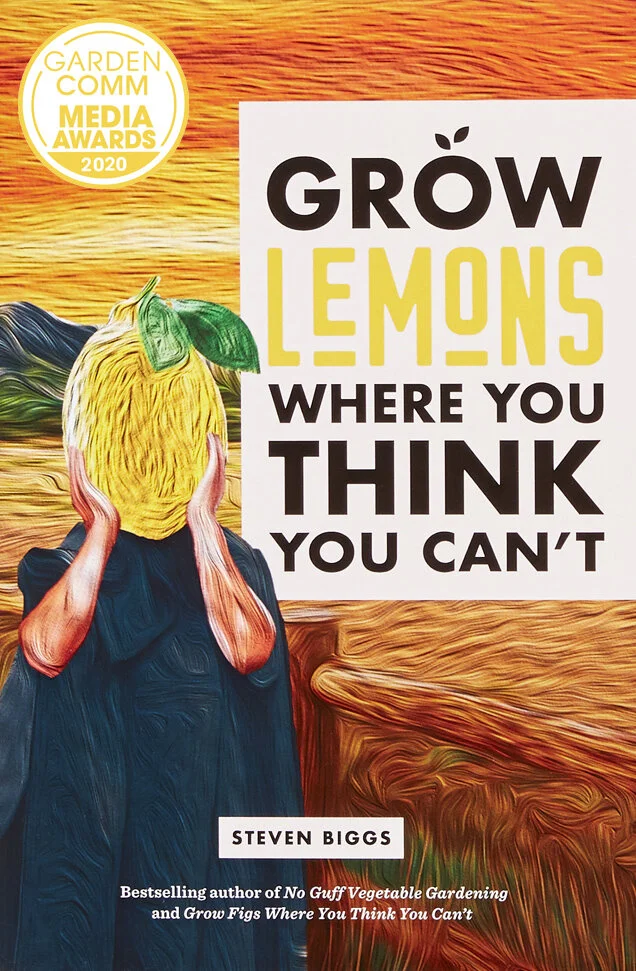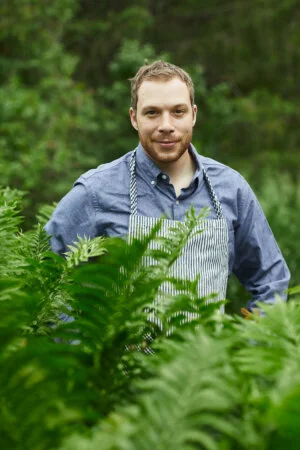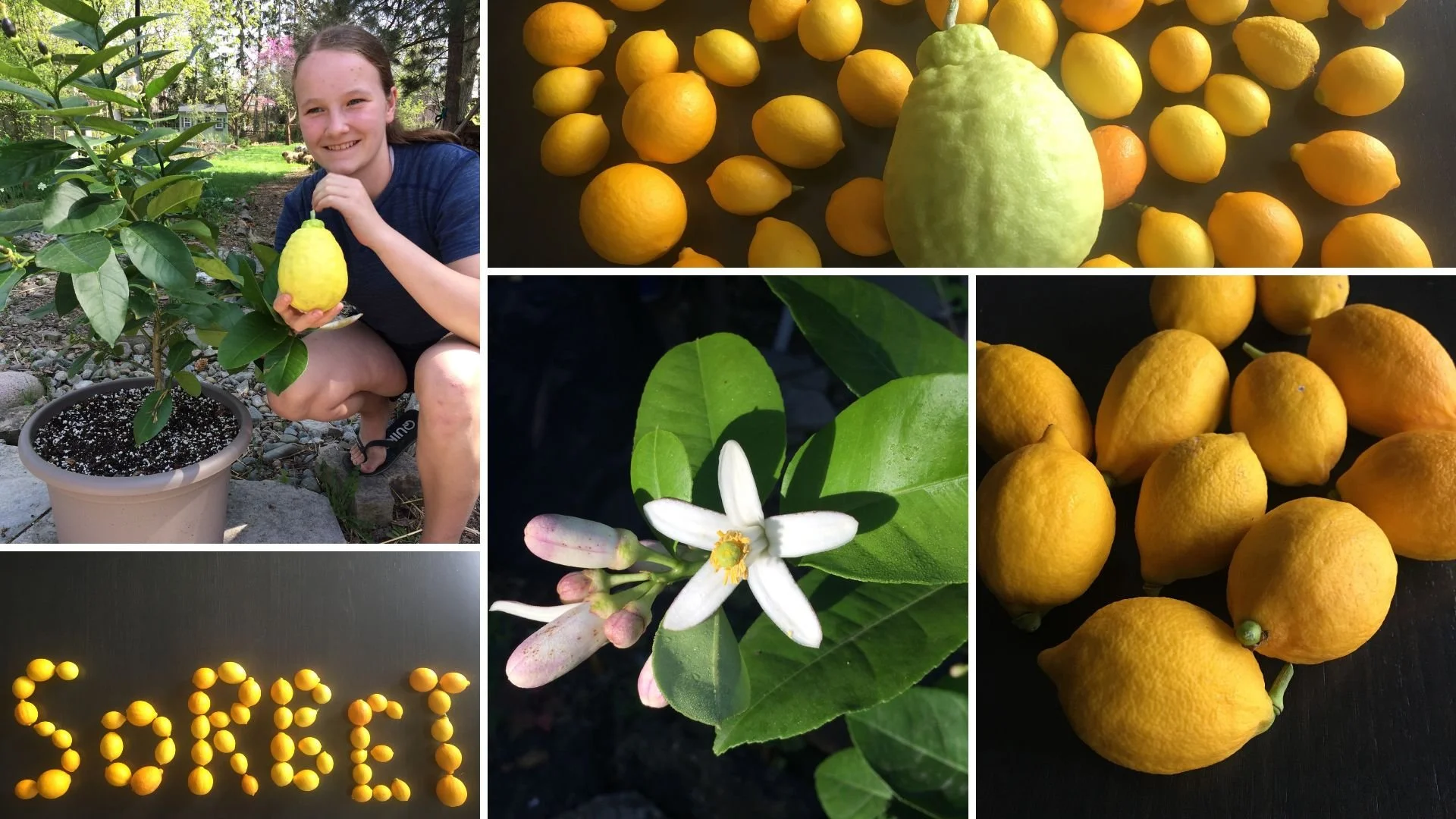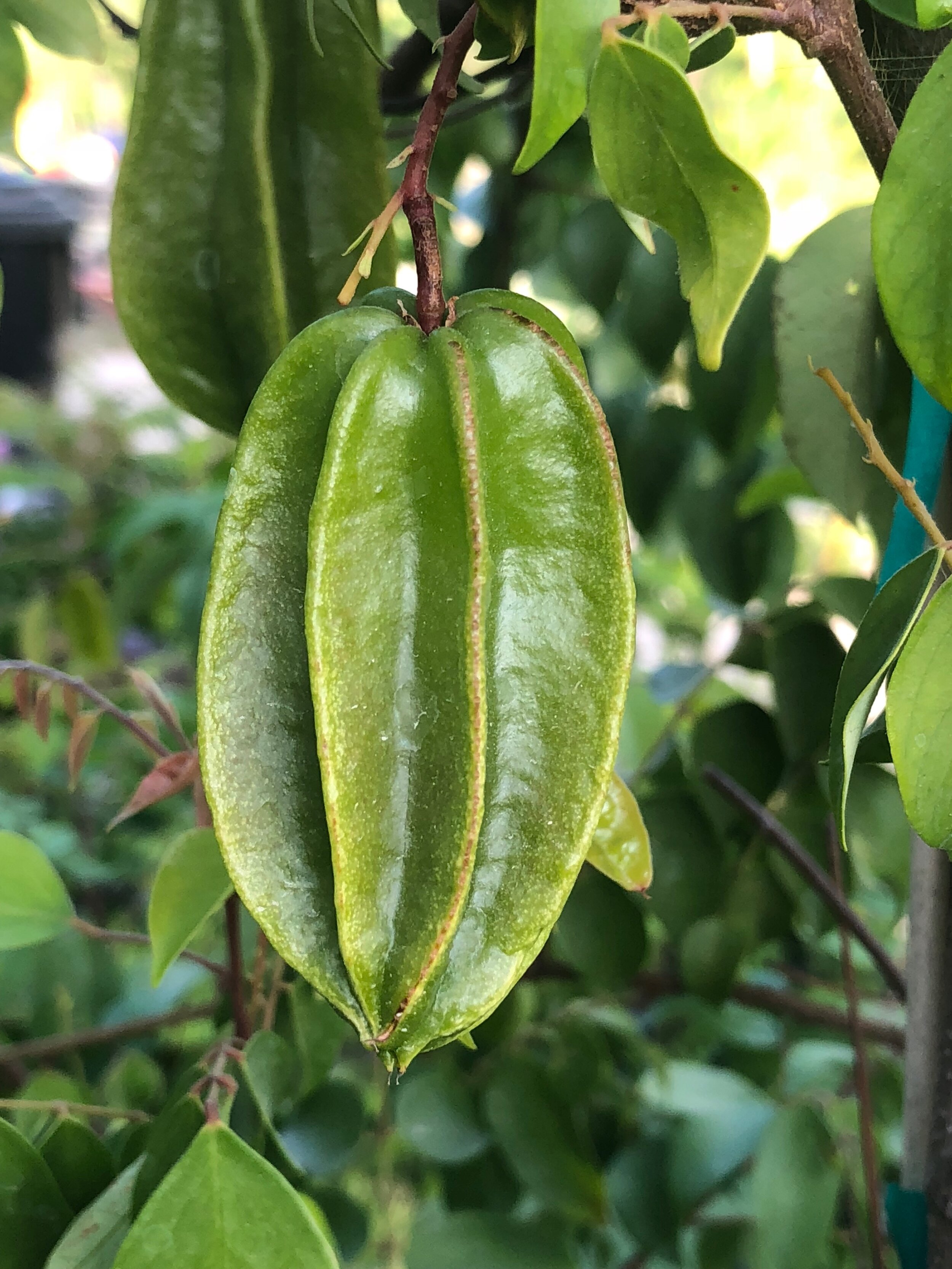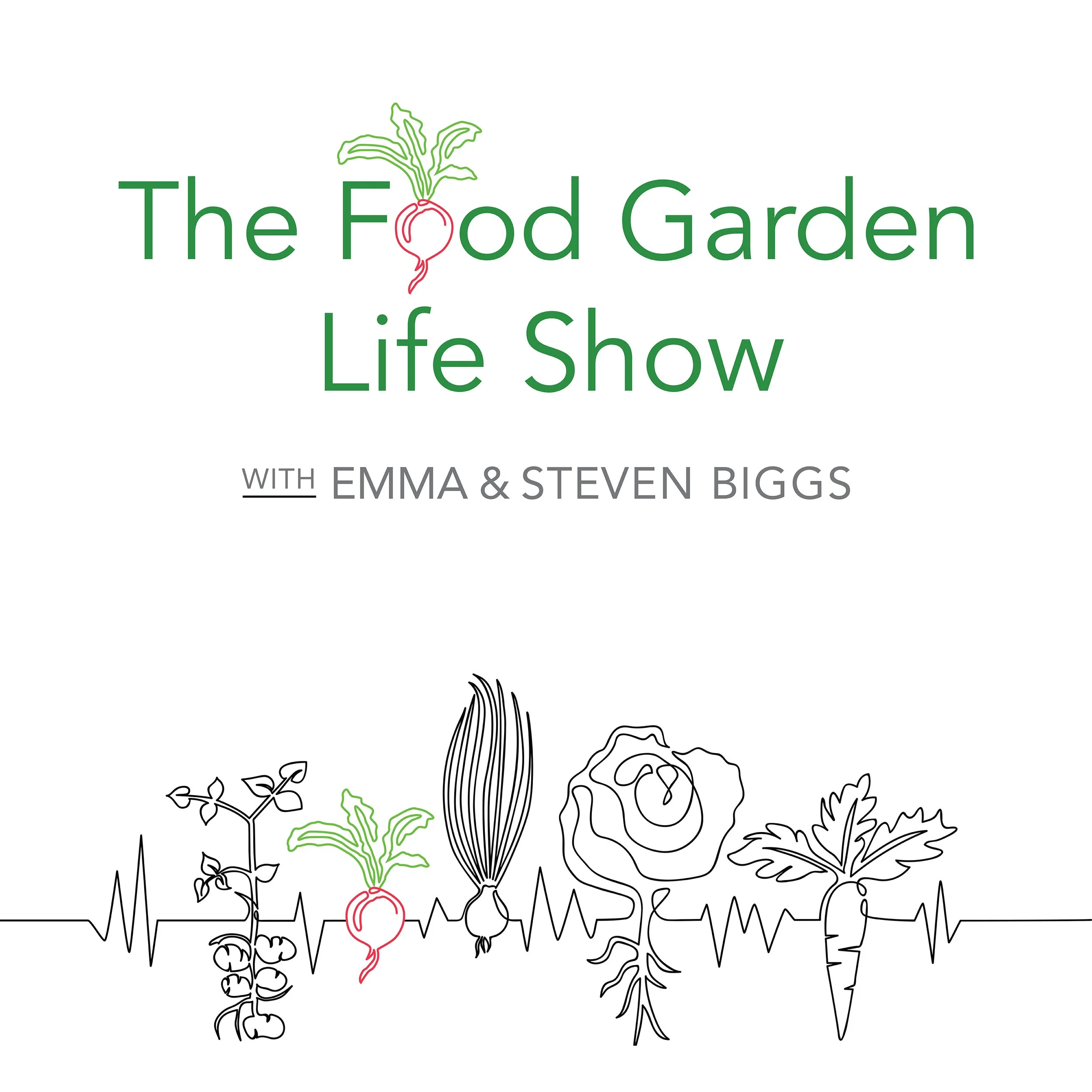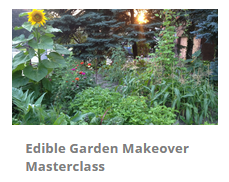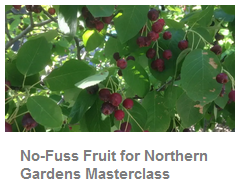Don't Feel Bitter about these Cold-Hardy Citrus
Fragrant cold-hardy citrus. Some you can even eat fresh off the tree. Find out about cold-hardy citrus and methods for growing citrus in cold climates.
Cold-Hardy Citrus with Fragrant Rind and Juicy Flesh
We chat with cold-hardy citrus expert Sam Hubert from One Green World Nursery.
Sam's interest in citrus began when he realized he could grow trifoliate orange in New England.
If you've tried trifoliate orange, you'll know it has true pucker power.
But don't worry!
Sam has lined up a mix of cold-hardy citrus: Along with fragrant and bitter citrus that add complexity to all sorts of recipes, he tells us about some eat-straight-from-the-tree cold-hardy citrus.
We talk about:
Trifoliate orange
Yuzu
Sudachi
Kumquat, and other citrus with kumquat lineage
Ichang lemon
Citrumello
Mandarins
Australian finger limes
Sam also shares tips about different ways to grow and protect citrus in cold climates.
Want More on Citrus?
Here’s an article to get you started with lemons:
Here are a couple of interviews with cold-climate citrus growers:
Covering everything from lemon varieties, to location and watering, to pruning and shaping, to overwintering, dealing with pests, and more—and including insights from fellow citrus enthusiasts—this book will give you the confidence you need to grow and harvest fresh lemons in cold climates.
Potted Lemons for Cold-Climate Gardens
Steven Biggs talks about why lemon trees are a good plant to start with if you’re thinking of growing citrus in a cold climate.
Why Lemons are a Good Citrus Plant to Start With
Steven explains why lemons are his top citrus choice for cold climates.
Steven explains why lemons are his top citrus choice for cold climates.
He talks about:
How cold lemon trees can get
How cold the fruit can get
Fruiting and flowering
Using lemon leaves in the kitchen
How big potted lemon plants will get
His favourite lemon for growing in a pot in cold climates
Want to Learn More about Lemons?
Book About Growing Lemons in Cold Climates
Ever wondered about how to grow a lemon tree in a pot? Or in the ground if you’re in a borderline hardiness zone?
This book explains how to grow a lemon in a pot and enjoy your own homegrown lemons.
Grow Bamboo in Cold Climates
Bamboo expert Fred Hornaday on bamboo for cold climates.
Fred Hornaday talks about how to grow bamboo in cold climates, the many uses of bamboo — and its potential as an agricultural crop.
Fred Hornaday is bullish about bamboo and it’s many uses. From fuel to food to fibre, he sees it as a versatile crop with environmental benefits.
He shares his passion for bamboo through his bambubatu website, which has information about bamboo, how to grow it, how to use it, and its lore.
Many Uses of Bamboo
Bamboo is an extremely versatile crop that be be made into:
fabric
flooring
fuel
paper
food
mats
cutting boards
Bamboo in Cold Climates
There are many types of bamboo that survive in cold climates. Many of these cold-hardy bamboos are in the gemus Phyllostachys or Fargesia.
Bamboos in the former are “running” bamboos. Hornaday says most cold-hardy bamboos are running bamboos…those fast-spreading types that gardeners either love or hate.
But the Fargesia bamboos are clumping, making them desirable for gardeners not interested in containing their bamboo patch.
Bamboo as an Agricultural Crop
Hornaday is hearing from a lot of people interested in farming bamboo commercially in North America. At the moment, he says, there’s a need for processing infrastructure. Farmers growing bamboo for commercial processing could also harvest shoots as a specialty food crop.
As a perennial crop that can grow on marginal land, it can be used to stabilize soil.
Grow and Cook Bamboo
Wendy Kiang-Spray on how to grow and cook bamboo.
Wendy Kiang-Spray, author of The Chinese Kitchen Garden, talks about how to grow and cook bamboo.
Wendy Kiang-Spray’s children don’t recognize canned bamboo shoots. That says a lot about the difference between fresh bamboo and its canned cousin.
Kiang-Spray, author of The Chinese Kitchen Garden, grew up eating fresh bamboo, one of the many crops her father grows in his large garden.
She talks about growing, harvesting, and cooking bamboo.
Grow Bamboo
There are two groups of bamboo:
Running bamboos spread quickly by underground rhizomes.
Clumping bamboos grow in clumps.
Kiang-Spray points out that running bamboo might not be suited to small yards—at least not without measures to contain it. “It would be a big mistake in my suburban backyard; all my neighbours would hate me,” she says, as she talks about how quickly running bamboos can spread. A running bamboo spread to her yard from a neighbour’s yard over 100 feet away…not exactly a slow-growing plant.
To keep running bamboo in check she suggests:
Grow in containers
Plant on high berms (new shoots coming out the side will be easy to spot)
Instal a metal, plastic, or concrete barrier, buried to a depth of approximately 30 inches
Harvest Bamboo
Bamboo is harvested in the spring. Kiang-Spray says to use a knife — or to simply kick it over. “They should snap really easily,” she says, likening it to asparagus.
After harvest, cut shoots lengthwise and remove the edible “heart” by scooping it out with a thumb.
Fresh bamboo must be boiled prior to use to denature toxins. Boil uncovered for 30 minutes before use.
Sochan, Galinsoga, Squash Tips: Root-to-Flower Cuisine
Chef Alan Bergo talks about root-to-flower cooking and foraged ingredients.
Chef Alan Bergo talks about root-to-flower cuisine, foraging, and some unexpected flavours.
Our guest today, Chef Alan Bergo, looks at vegetables through the eyes of a forager. He’s passionate about using parts of the plant that are often overlooked.
Chefs using a whole animals might use the term nose-to-tail cooking. Bergo takes this approach with his vegetables, using a root-to-flower approach.
Bergo is the author of the new book, The Forager Chef’s Book of Flora: Recipes and Techniques for Edible Plants from Garden, Field, and Forest.
Often-Forgotten Plant Parts
Bergo talks about using squash tips in the kitchen. “The squash is a perfect example of how foraging and looking for different ingredients changed how I consider vegetables that I thought I knew,” he says.
His advice for cooking squash shoot tips? Cook gently and delicately. Steam them, or blanch for one minute…or barely wilt them in a pan.
Other often-forgotten plant parts include:
Fennel fronds. Bergo likes to combine these with parmesan cheese and bread crumbs to make into cakes.
Carrot leaves. He suggests simmering them in salted water. They keep their shape and texture when gently cooked, and can then be used like salad.
Unripe sunflower heads. They have the texture of an artichoke along with a strong sunflower flavour.
Foraged Ingredients
Sochan. Bergo explains that leaves from this rudbeckia family member can be harvest three to four times over a year. The leaves formed after the flower stalk dies back are different—and are his favourite. Older leaves have a stronger flavour.
Nettles. He finds that common nettle has more of a “saline” or “oceanic” taste than Canada nettle.
Milkweed flowers can be used to make drinks with an intensely fruity flavour.
Meadowsweet flowers have an almond-like taste. Bergo says that a good way to catch floral aromas is by using cream.
Black walnut. Young nuts can be used to make a jam and ketchup.
Pine pollen. It’s used in China and the Middle East to make sweets.
Thoughts on Flavour
Bergo talks about flavours that are shared amongst plants in the same families, recounting the time he served dolmas made using galinsoga leaves, only to have people ask him if they contained artichoke.
Another example of a shared flavour is the hint of almond that shines through in plum-kernal oil or Saskatoon berries.
Bergo’s Top Tips
Steaming greens keeps more flavour than blanching.
Try something new!
Growing Citrus in Vancouver
Growing in-ground Meyer lemons, limes, and tangerines in Vancouver.
Greg Neal from North Vancouver tells us how he got the bug for growing citrus.
At last count he had 19 varieties around his suburban yard, some in the ground, some in pots, and some in his greenhouse.
He takes delight in seeing the look of surprise on the face of delivery people who notice lemons, tangerines, and limes growing in his front yard.
Lemons in Cold Climates
Neal says that memories of lemons growing around his aunt’s California yard inspired him to look into growing lemons at home.
He learned that Meyer lemons are quite cold hardy, and, seeing Meyer lemon plants for sale in 2006, came home with three plants.
He kept one plant in the house; it died. But the two that he stored in his cold garage for the winter lived.
He now grows Meyer lemon directly in the ground, covering it with a string of incandescent lights and fabric for winter protection. The lights emit just enough heat to get the plant through the coldest days.
He explains that the fruit takes about one year to mature—so it’s important to protect it from freezing over the winter.
His top tip for would-be lemon growers is not to grow them indoors.
Poncirus Trifoliata (a.k.a. Trifoliate Orange)
Neal grows trifoliate orange, which he says is mainly an ornamental.
Neal also grows trifoliate orange in his yard.
He explains that it is the most cold hardy of the citrus.
Unlike lemon, it drops its leaves for the winter.
With a laugh he says that some varieties of trifoliate orange are “sort of” edible, while with others, you think you’re being poisoned.
More on Cold-Climate Lemons
Looking for more information about growing lemons in cold climates? Head over to the Lemon Home Page.
Find Out How to Grow Your Own Lemons
Grow Lemons in Cold Climates Masterclass shows you how to grow a lemon tree in a pot or outside with protection. And get lemons!
Book: Growing Lemons in Cold Climates
If you’ve ever wanted to grow a lemon in a pot (or, in the ground if you’re in a borderline area), this book tells you how!
Grow Exotic Edibles in Cold Climates
Dave Hanson, garden educator, co-host of The Grow Guide Podcast, and founder of Sage Garden Greenhouses in Winnipeg, MB
We chat with Winnipeg-based garden educator Dave Hanson, co-host of The Grow Guide Podcast, and founder of Sage Garden Greenhouses.
Hanson, who spent time in his youth in a tropical climate, has been growing herbs and spices since his childhood, eventually working at a herb nursery as a teenager.
He loves growing exotic edible plants.
His Winnipeg climate means that frost-sensitive plants can come out June 1, and be back under cover in time for the first fall frost in late September. That doesn’t stop him.
Hanson gives his tips for growing:
guava
yacon
starfruit
cinnamon
curry leaf
black pepper


